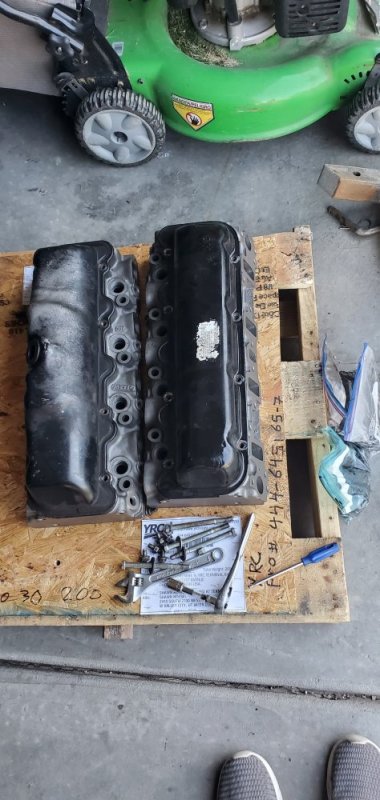Hey yall,
Thanks to @WarWagon, I have new heads ready to go on in place of my more than likely warped original heads. Mahle gaskets and ARP studs will accompany them. While I have it all blown apart (no pun intended), would it be worth taking some extra time and doing some port matching on the intake and exhaust? Can it be done with the valve installed, or should I not bother and just get them swapped out?
Thanks to @WarWagon, I have new heads ready to go on in place of my more than likely warped original heads. Mahle gaskets and ARP studs will accompany them. While I have it all blown apart (no pun intended), would it be worth taking some extra time and doing some port matching on the intake and exhaust? Can it be done with the valve installed, or should I not bother and just get them swapped out?

